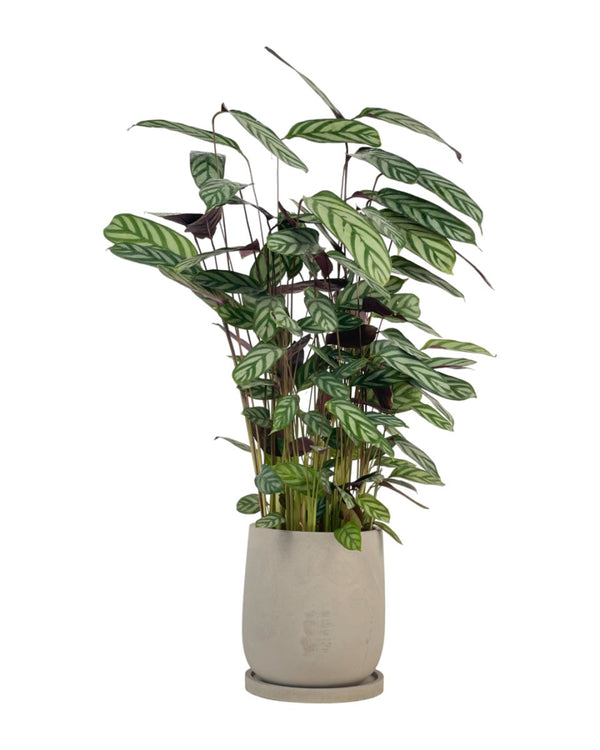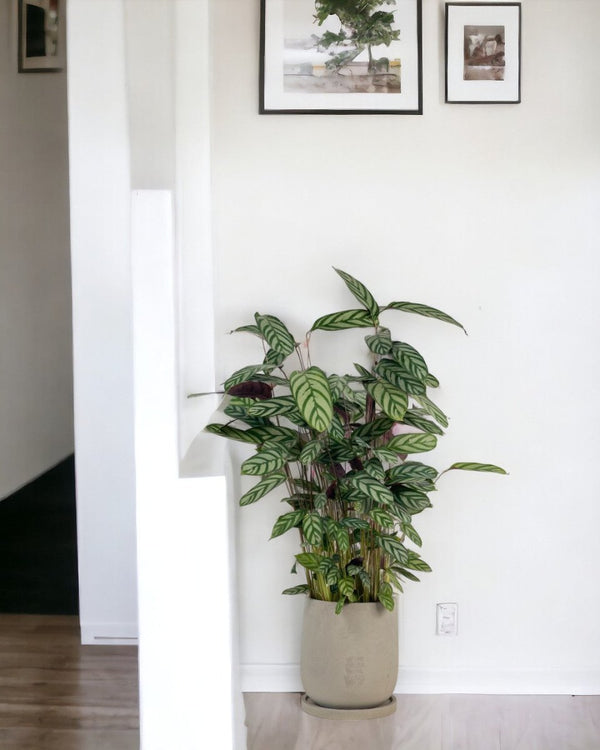Prayer plants are known to perform a daily ritual with their leaves, opening up in the day and closing at night. The upward, folded appearance of the leaves in the evening resemble that of a person’s praying hands, hence the common name of Prayer Plant for all the species in the Marantaceae family.
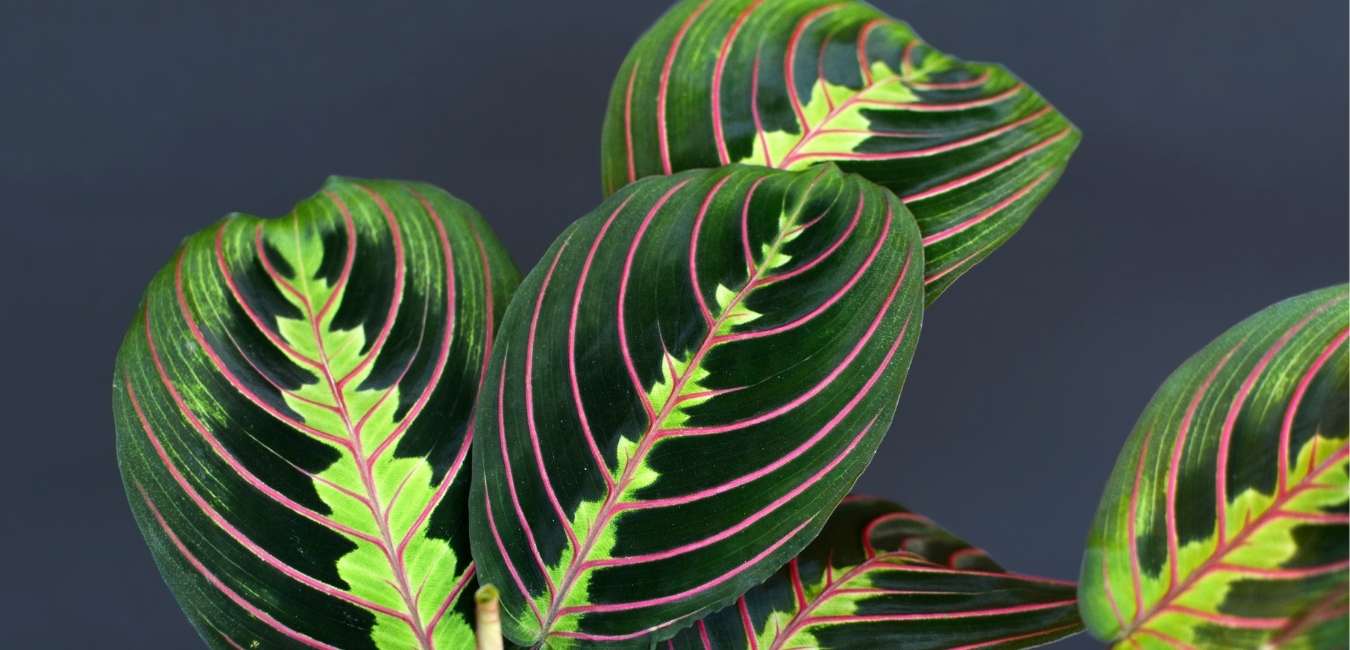
PRAYER PLANT
Varieties from our listing
Interested to buy a plant from this group?
See what we have available HERE
Below is a general care guide for Prayer Plants which can slightly differ depending on variety.
Light & Temperature
Prayer Plants, in their natural habitat, grow on the rainforest floor in dappled light. Indoors, this translates to medium indirect light. Prayer Plants should be protected away from direct shine of the sun. They can even tolerate low light but their foliage will not be as vibrant if they don’t get sufficient light.
Coming from tropical areas, Prayer Plants prefer warmer environments. Avoid placing your plant in areas that get very cold.
Watering, Humidity & Misting
Prayer plants do not like to dry out, so it’s necessary to water when just 1-2 inches of the soil are dry. This could be as often as 1-3 times a week, depending on your home environment. Check the moisture of the soil often to ensure you don’t overwater or underwater your plant.
Being creatures of the rainforest, prayer plants thrive in high humidity. There are a few basic ways to provide this to your plant. One is by grouping all your Prayer Plants and other plants moisture-loving plants together to increase relative humidity around each other. You can also place it in a pebble tray or a humidity tray. Lastly, you may also go for a humidifier which can do the job for you.
Soil and Repotting
Pick a well-draining potting mix that will contain vital nutrients for your plants as well as proper drainage.
Repotting your Prayer Plants once every 2-3 years will ensure happy growth.
Propagation
The easiest way to propagate your Prayer Plant is by division and the best time is when the plant has matured and is ready for repotting. Carefully remove the plant from its pot and separate out clumps with at least three leaves attached to them. Try to be as gentle as you can when handling the roots. Once ready, repot the divided clumps into new pots using fresh soil.
Fertiliser
Use a balanced fertiliser formulated for houseplants. Follow the directions on the label of our Down to Earth. organic plant food.
Toxicity
Prayer Plants are non-toxic and is therefore safe around kids and/or pets.
Possible Issues
Under the right care and conditions, your plant will grow happy and healthy. But here are some issues you may encounter while caring for a Prayer Plant:
Mealybugs, spider mites and scales - When spotted, wipe them away with a damp paper towel. If the problem persists, treat with a rubbing alcohol or neem oil.
Crispy brown dry leaf tips or leaves curling - This is usually caused by low humidity. Increase the humidity by misting or using a pebble tray.
Yellowing or sark soft leaves - This is usually caused by overwatering. Avoid letting your Prayer Plant sit on water.
Washed out colour - Check that your Prayer Plant is not exposed to too much light. If it is, move it to a shadier location.
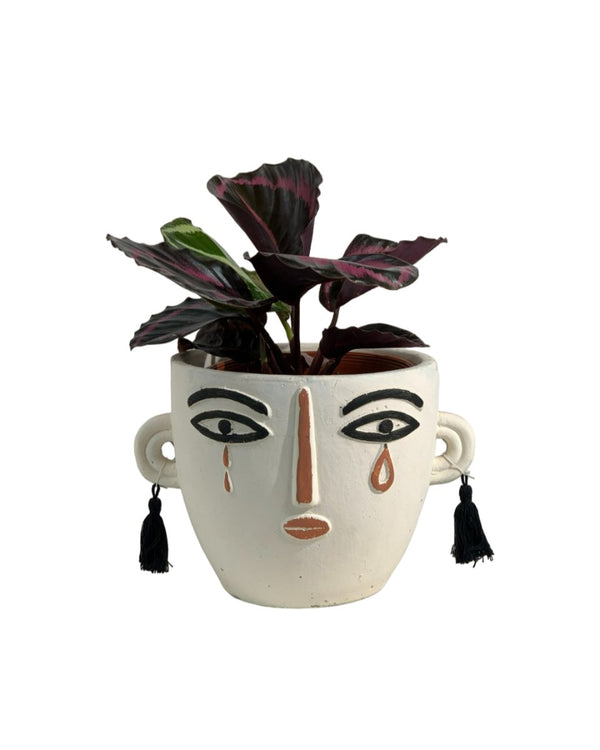
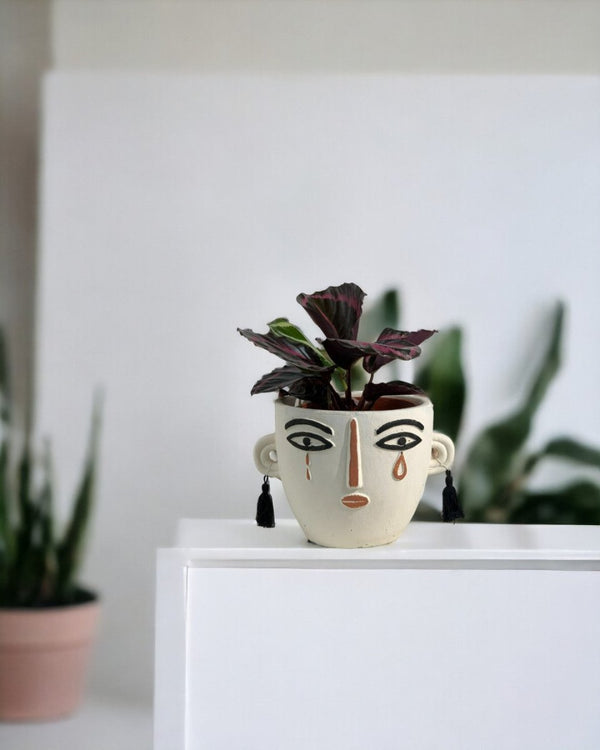
- Regular Price
- from $28.00
- Sale Price
- from $28.00
- Regular Price
- Unit Price
- per
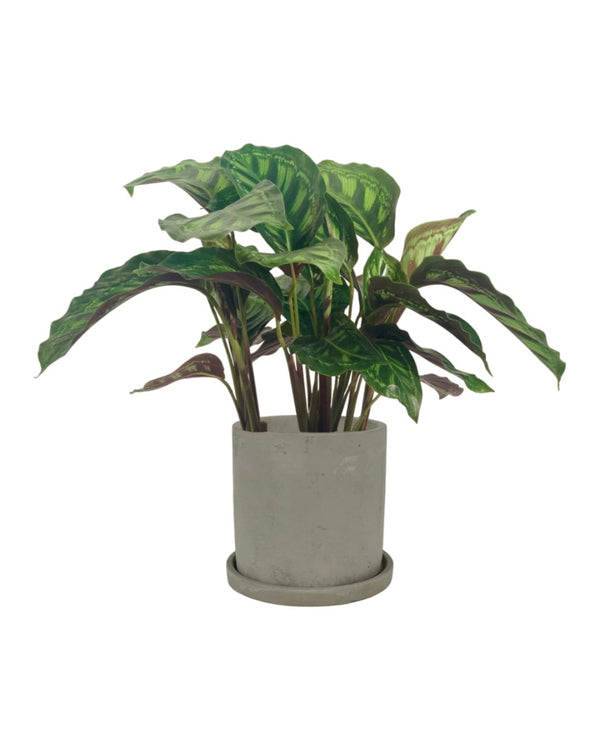
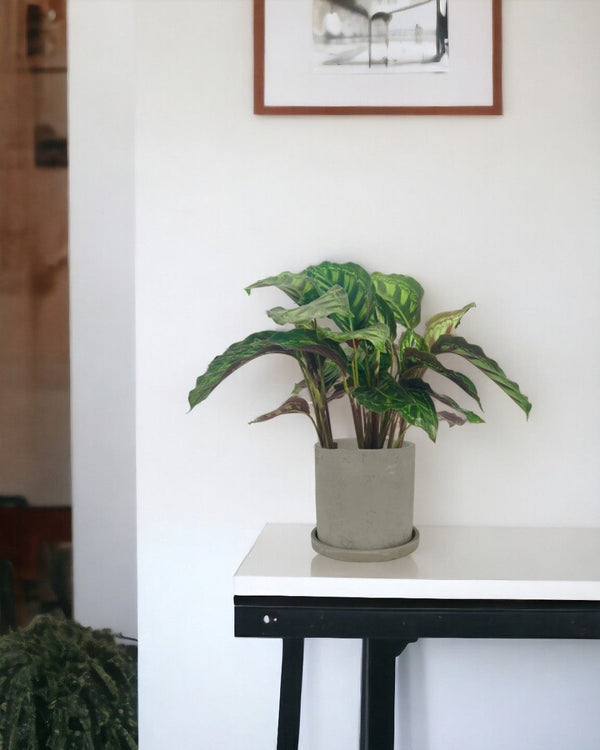
- Regular Price
- from $28.00
- Sale Price
- from $28.00
- Regular Price
- Unit Price
- per
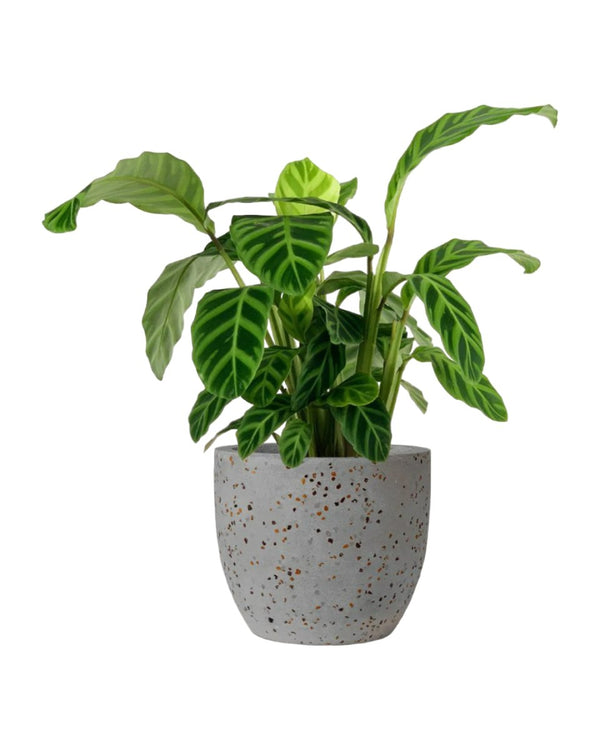
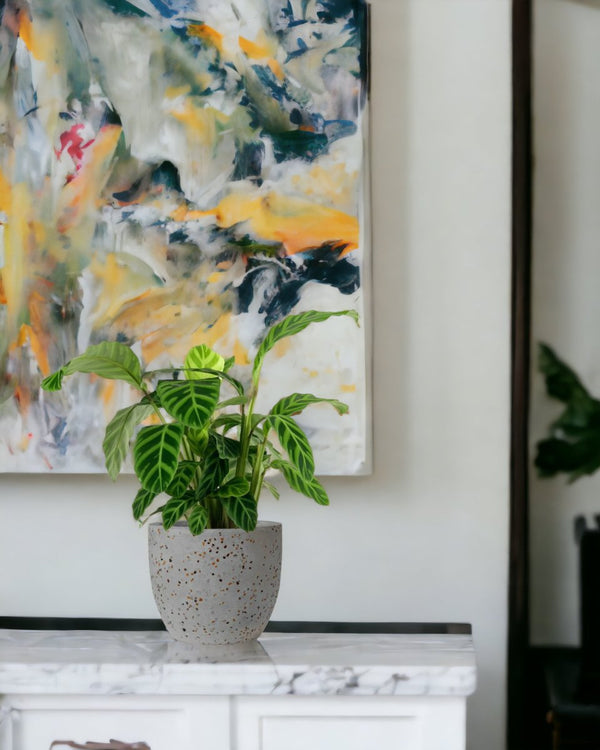
- Regular Price
- from $25.00
- Sale Price
- from $25.00
- Regular Price
- Unit Price
- per
